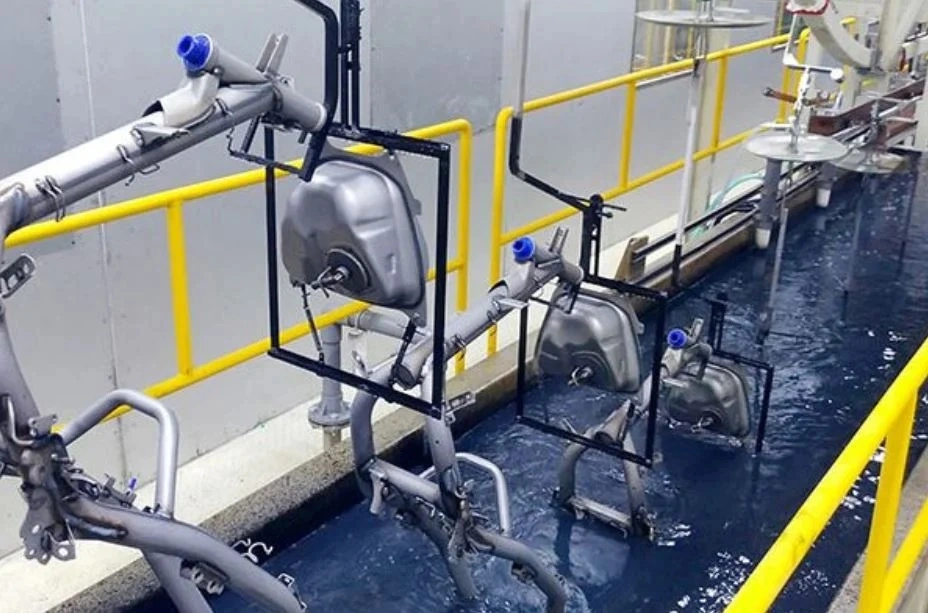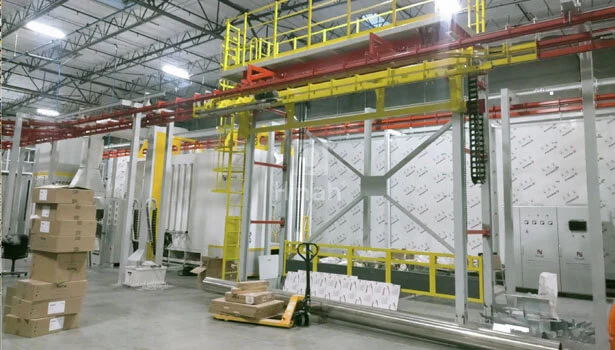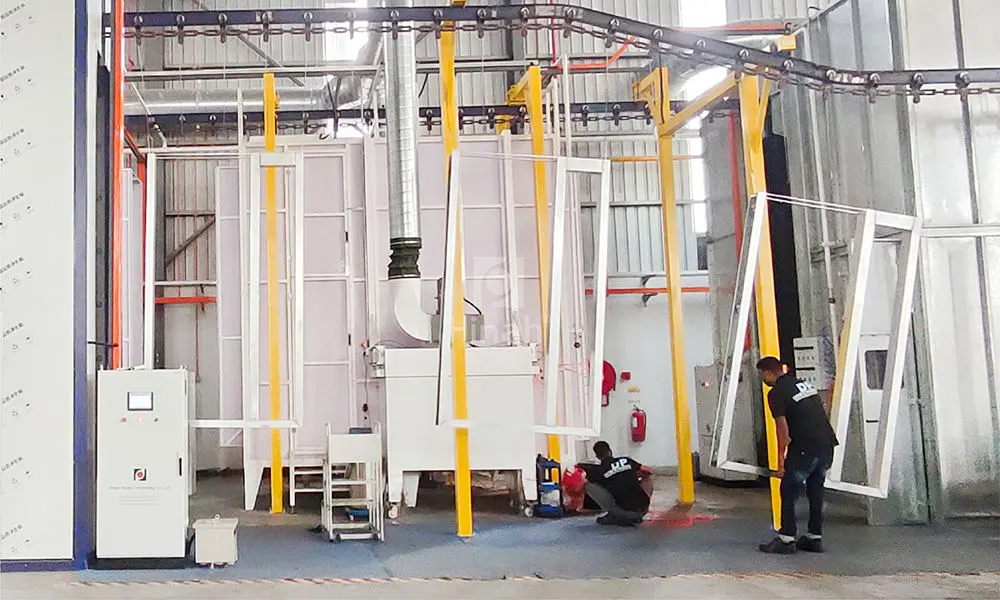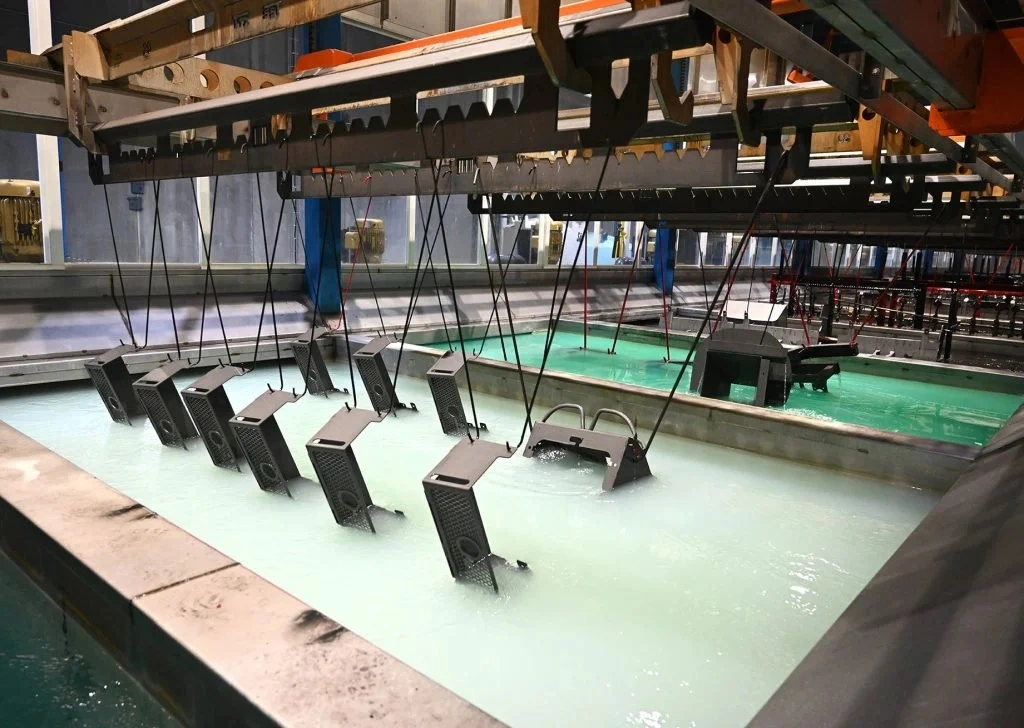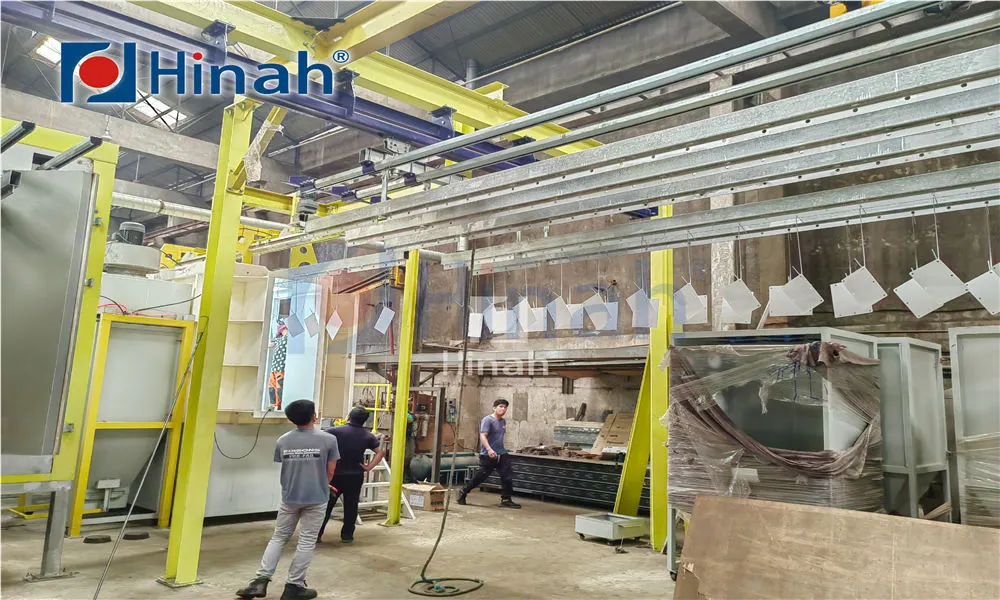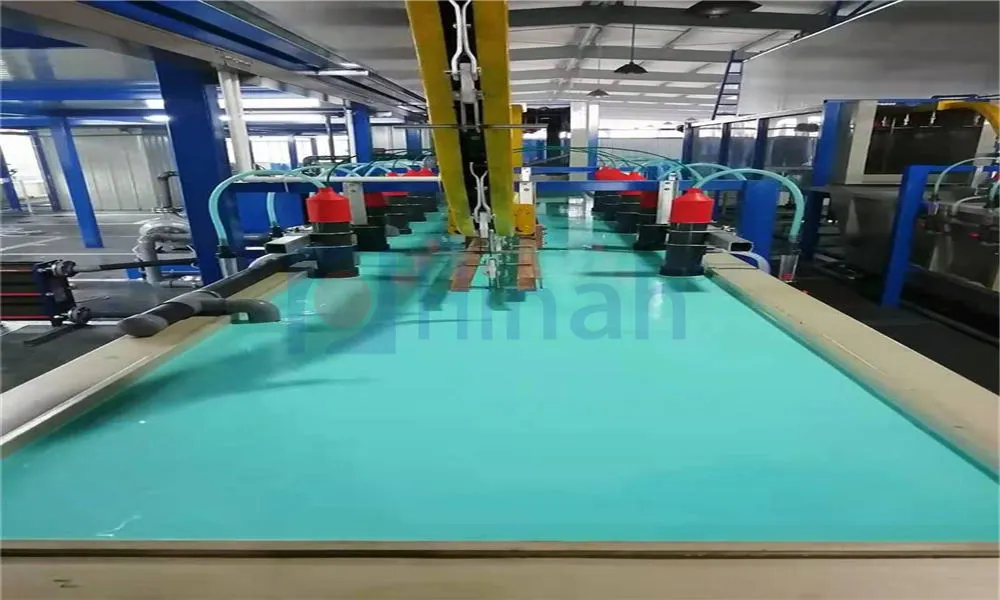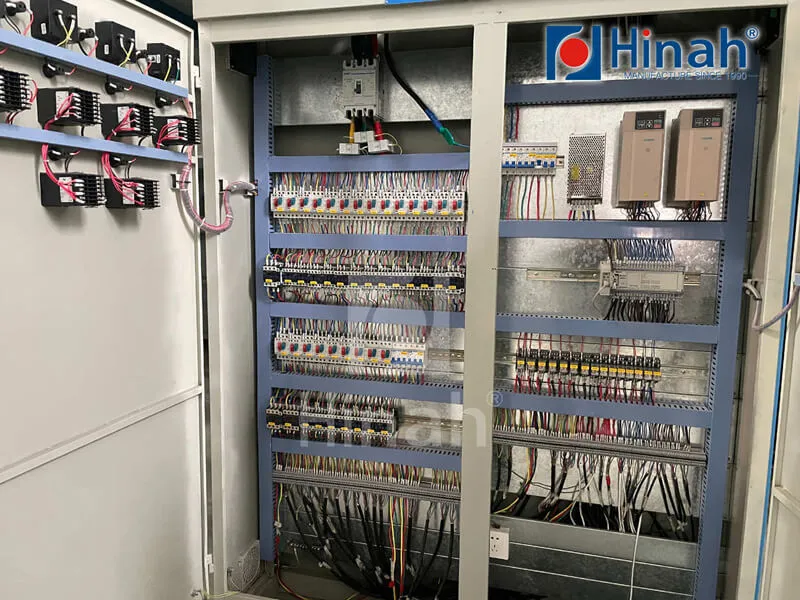When it comes to achieving a durable, high-quality, and aesthetically pleasing finish on metal products, powder coating has become the industry standard. This sophisticated process relies on specialized machinery, and the choice of your partner in this endeavor—your powder coating equipment manufacturers—is arguably the most critical decision you will make. These manufacturers don't just sell machines; they provide integrated powder coating systems that form the backbone of your entire finishing operation. The efficiency of your powder coating on metal process, from preparation to curing, hinges on the design, engineering, and support offered by your equipment provider. This article delves into the core components of these systems, the role of manufacturers, and the common challenges faced in setting up and operating a successful powder coating line.
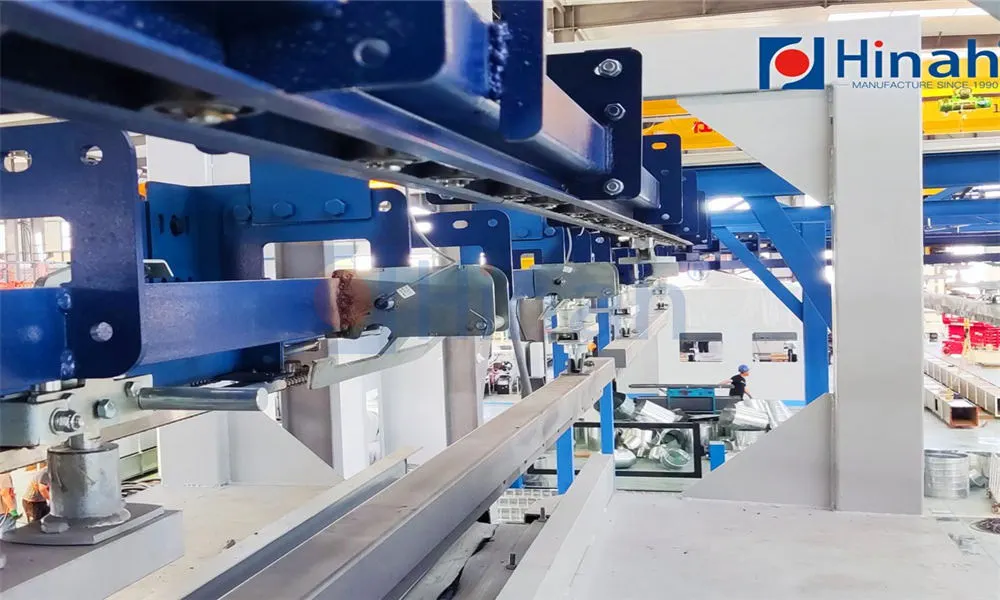
The Core of the Finish: Understanding Integrated Powder Coating Systems
A complete powder coating line is more than the sum of its parts. Leading powder coating equipment manufacturers design these systems to work in seamless harmony, ensuring a smooth transition for the part from one stage to the next. An integrated system typically includes a pre-treatment stage (washing, phosphating, or chromating), a drying oven, the application booth, and the curing oven. The synergy between these components is vital. A malfunction in one area, like inadequate pre-treatment, can lead to adhesion failures even if the application and curing stages are perfect. Reputable manufacturers understand this interconnectivity and engineer their powder coating systems for reliability, repeatability, and maximum throughput, minimizing bottlenecks and ensuring a consistent, high-quality finish on every piece of powder coating on metal projects.
The Application Hub: Selecting the Right Powder Coating Booth
The powder coating booth is the heart of the application process. It is a controlled environment where the dry powder is applied to the grounded metal part. Its primary functions are to contain the overspray powder, provide a clean environment to minimize contamination, and ensure operator safety by maintaining proper airflow. When evaluating booths from different powder coating equipment manufacturers, several key features should be considered:
Airflow Design: Proper airflow is non-negotiable. It ensures that overspray is efficiently pulled away from the operator and into the recovery system, providing a clear view of the part and preventing powder from escaping into the facility.
Construction and Filtration: The booth should be constructed from durable, smooth materials that prevent powder from sticking and facilitate easy cleaning. The filtration system, often using cartridge filters, must be highly efficient to keep the air clean and allow for maximum powder recovery.
Recovery System: Modern booths are typically paired with a recovery unit. This system collects the overspray powder, filters it, and feeds it back into the hopper for reuse. A well-designed recovery system drastically improves powder utilization rates, reducing material costs and waste.
Size and Configuration: Booths come in batch-style (for smaller, varied parts) or conveyorized tunnels (for high-volume production lines). The right choice depends entirely on your production volume and part size.
Investing in a well-designed powder coating booth from a reputable manufacturer is essential for achieving a high first-pass transfer efficiency, which translates directly to savings on powder and a cleaner, safer work environment.
The Final Transformation: The Critical Role of Powder Curing Ovens
After the powder is evenly applied in the booth, the part moves to the next critical phase: curing. The powder coating oven build and design are what transform the dry, powdery film into a smooth, durable, and cross-linked finish. The oven's job is to heat the metal part to a specific temperature (typically between 300°F and 450°F) for a precise amount of time, allowing the powder particles to melt, flow, and chemically cure.
The design of the oven is a testament to the engineering prowess of powder coating equipment manufacturers. Key considerations include:
Heat Source: Ovens can be electric, gas, infrared (IR), or a combination. Gas convection ovens are common for their efficiency in high-volume settings, while IR ovens offer faster heat-up times for certain applications.
Insulation and Airflow: Proper insulation is crucial for energy efficiency and maintaining a consistent temperature throughout the oven. Internal airflow, managed by fans and baffles, must be engineered to eliminate hot and cold spots, ensuring every part on the rack or conveyor cures uniformly.
Control Systems: Precision is key. Modern ovens feature sophisticated digital controllers that allow operators to set and monitor the exact time and temperature profile required for the specific powder being used.
A poorly designed powder coating oven build will lead to a host of problems, including under-curing (resulting in a soft, non-durable finish) or over-curing (leading to discoloration and brittleness). The expertise of your manufacturer in calculating heat loads and designing for your specific workflow is invaluable here.
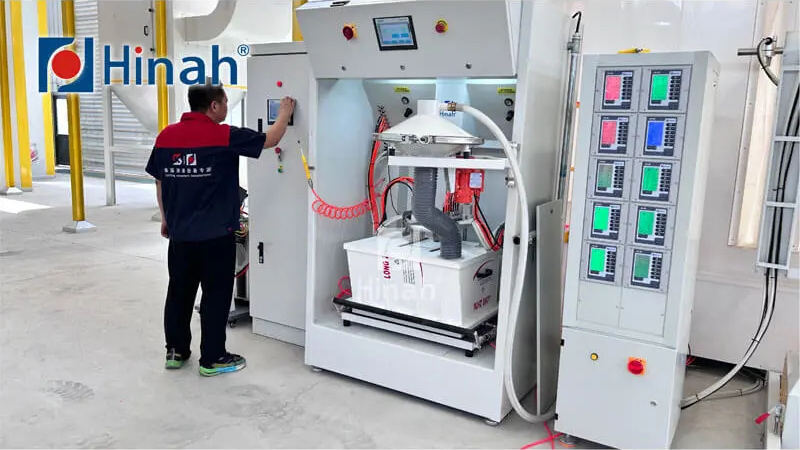
The Foundation: Achieving Perfection with Powder Coating on Metal
The entire process is designed for one purpose: achieving a flawless, protective finish through powder coating on metal. This process is favored over traditional liquid painting for several reasons applied to metal substrates:
Durability: Powder coated finishes are highly resistant to chipping, scratching, fading, and wearing.
Efficiency: High transfer efficiency means more powder ends up on the part, not as waste. Overspray can be recycled and reused.
Environmental Impact: Powder coatings contain no solvents and release negligible, if any, Volatile Organic Compounds (VOCs) into the atmosphere.
Aesthetics: It offers a wide range of colors, textures, and finishes—from smooth and glossy to wrinkled or matte—that are difficult to achieve with liquid paint.
The success of powder coating on metal, however, is entirely dependent on the equipment performing correctly at every stage. A failure in pre-treatment, application, or curing will manifest as a defect on the final product.
Common Challenges and Problems in Powder Coating Operations
Even with the best equipment, challenges can arise. Understanding these common issues helps in troubleshooting and underscores the importance of choosing capable powder coating equipment manufacturers who offer strong technical support.
Poor Adhesion (Powder Peels Off): This is often traced back to inadequate surface preparation. Oils, rust, or mill scale prevent the powder from bonding to the metal. It can also be caused by insufficient curing temperature or time.
Orange Peel: A textured finish that resembles the skin of an orange. This is typically a curing issue, caused by uneven heating, too high a temperature too quickly (which doesn't allow the powder to flow out smoothly), or an incorrect powder formulation for the application.
Fish Eyes: Small, circular craters in the finish. These are almost always caused by contamination on the surface of the metal—often silicone, oil, or grease that wasn't removed during pre-treatment. Contamination can also come from compressed air lines.
Inconsistent Film Thickness: This can be caused by an operator error (incorrect gun technique), improper gun settings (kV and air pressure), or a problem with the equipment itself, such as a clogged nozzle or inconsistent powder feed from the pump.
Oven-Related Issues: Under-curing and over-curing are direct results of oven problems. Inconsistent heating within the oven due to poor airflow or failing heating elements will result in parts that are cured correctly in some spots and defective in others.
Low Transfer Efficiency: If too much powder is becoming overspray, it's a sign that the powder coating booth airflow may be incorrect, the gun settings are off, or the gun itself needs maintenance. This problem increases costs and creates more waste.
Many of these problems can be mitigated or eliminated altogether by working with experienced powder coating equipment manufacturers. They provide not only reliable machinery but also the crucial training, process knowledge, and ongoing support to keep your operation running smoothly and efficiently.
Selecting the right powder coating equipment manufacturers is a strategic decision that impacts your product quality, operational efficiency, and bottom line. It's not merely a purchase; it's the formation of a partnership. The best manufacturers offer comprehensive solutions—from a well-engineered powder coating booth and a precisely calibrated powder coating oven build to complete powder coating systems integration. They understand the science behind powder coating on metal and are committed to helping you avoid common pitfalls through robust equipment design and expert guidance. By prioritizing quality, support, and a collaborative approach, you can build a powder coating operation that delivers a perfect finish, time after time.



